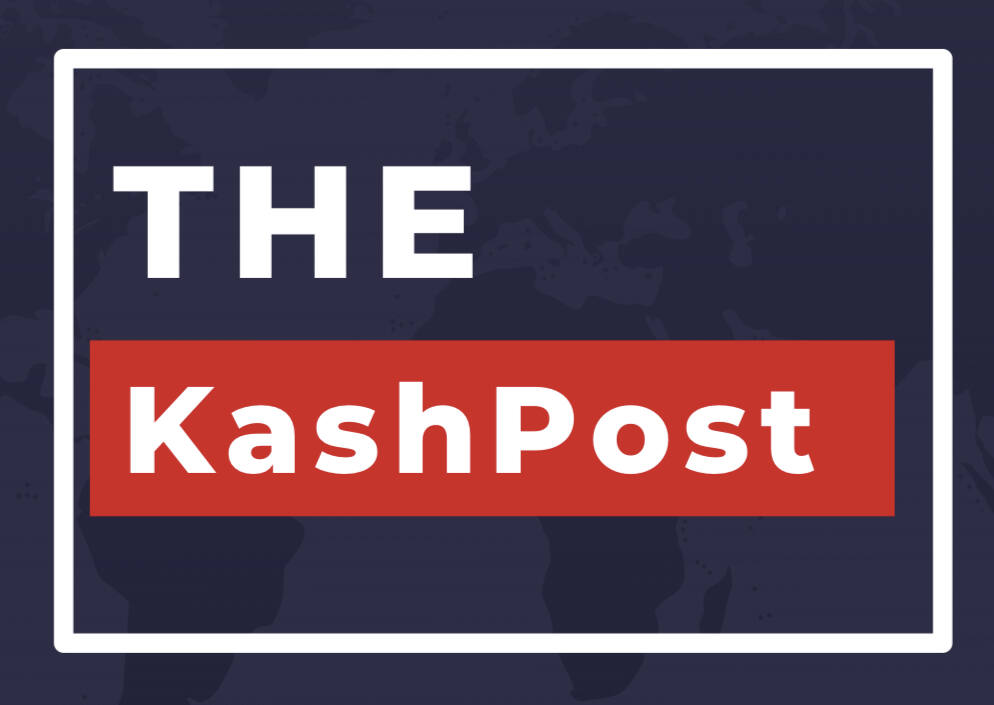Unveiling the Hidden Agendas: The U.S. War on Terror and Its Geopolitical Implications.

First Sgt. Johnathan Blossom, of the 2nd Battalion, 187th Infantry Regiment, 101st Airborne Division runs for cover during a fire fight Sunday, March 3, 2002 near Sirkankel, Afghanistan. The position was being attacked by mortar fire, rocket propelled grenades and heavy machine gun fire. U.S. and coalition forces have been in the area for the last three days in the largest offensive yet, against remaining Taliban and al-Qaida. (AP Photo/Pool, Warren Zinn)
On September 11, 2001, the world’s most powerful state, the USA, was attacked by terrorists using hijacked civilian planes. On that morning, 19 terrorists commandeered four commercial airliners traveling from the East Coast to California. They crashed the first two planes into the Twin Towers of the World Trade Center in New York City and directed the next two flights toward targets in or near Washington, D.C., aiming at the nation’s capital. The third team succeeded in striking the Pentagon, the headquarters of the U.S. Department of Defence in Arlington County, Virginia, while the fourth plane crashed in rural Pennsylvania during a passenger revolt. This incident led to the deaths of 2,977 Americans, making the attacks the deadliest in U.S. history. Immediately following the attacks, the USA received official messages and calls of sympathy, support, and help from various countries around the world in this hour of grief. They assured the USA of assistance in responding to the terrorist group involved in the attacks. Shortly thereafter, the CIA claimed that evidence pointed to Osama bin Laden and al-Qaeda being behind the 9/11 attacks. Two weeks after the attacks, the FBI confirmed the hijackers’ connection to al-Qaeda, a militant Salafist Islamist organization. Senior members of al-Qaeda later asserted responsibility for the September 11 attacks through video, audio, and printed statements.
Hegemonic Dimensions of the U.S. War on Terror: In response to the attacks, the USA launched the “war on terror,” targeting and aiming to dismantle al-Qaeda terrorists worldwide. Afghanistan became the first target, as Osama bin Laden and al-Qaeda were primarily operating from there under the Taliban regime at that time. The USA, along with NATO, began bombing Afghanistan to destroy al-Qaeda and remove the Taliban from power. Within weeks, the USA succeeded in removing the Taliban and killing a significant number of al-Qaeda terrorists. However, the war did not end, nor did the rehabilitation of Afghanistan commence, despite a pro-U.S. regime being installed to lead the country. A mere regime change did not satisfy Washington. Both the Taliban and al-Qaeda retreated to mountainous areas, leading to a two-decade-long insurgency that the U.S. and NATO could not fully suppress. Realising the war could not be won, the U.S. began withdrawing its troops from one of the world’s poorest countries, Afghanistan, often referred to as the “graveyard of empires.” By 2021, the Taliban regained power following the complete U.S. exit. The extensive damage to Afghanistan, including the loss of millions of Afghan lives and the destruction of infrastructure, remains significant. Moreover, the U.S. spent trillions of dollars on its war on terror in Afghanistan. What was initially planned as a short mission evolved into a prolonged engagement due to the inability to defeat the Taliban, resulting in a two-decade-long conflict. Iraq was another key target of the U.S. war on terror. The U.S. claimed that Iraq, led by Saddam Hussein, possessed nuclear weapons. To gain support for the invasion, the U.S. portrayed Saddam Hussein as a dictator with nuclear capabilities and links to al-Qaeda, which had attacked the U.S. on September 11. The U.S. also promised to bring democracy to Iraq post-war. On March 20, 2003, the U.S.-led coalition invaded Iraq, overthrowing Saddam Hussein’s Ba’athist government. The conflict continued for much of the next decade as an insurgency emerged to challenge coalition forces and the post-invasion Iraqi government. The U.S.-led coalition’s actions resulted in the deaths of millions of Iraqi civilians. The U.S. did not find weapons of mass destruction, and the promised democracy did not materialise. Analysts later suggested that the invasion aimed to access Iraq’s rich oil fields and ensure greater stability for Israel, a key U.S. ally. U.S. troops were officially withdrawn from Iraq in 2011. By targeting Afghanistan and Iraq in its war on terror, the U.S. sought to achieve grand strategic goals under the guise of counterterrorism. The U.S. destabilised Afghanistan and Pakistan to prevent these Muslim-majority countries from emerging as strong Islamic powers, as the U.S. could not tolerate a Muslim state based on Islamic principles or a bloc of Muslim nations, including Pakistan and Afghanistan. The U.S. also aimed to prevent China from becoming a strong regional actor by stationing troops in neighbouring Afghanistan. Through the war on Iraq, the U.S. positioned itself strongly in the Middle East, gaining access to oil fields and ensuring the defence and security of Israel, often criticised as an occupying state on Palestinian land. The U.S. aimed to prevent any Arab state from developing substantial defence capabilities or nuclear weapons that could threaten Israel or challenge U.S. hegemony. Iran was contained by U.S. influence in Iraq. Thus, through its wars in Afghanistan and Iraq, the U.S. disrupted Muslim powers, accessed Middle Eastern resources, and supported Israel’s stability. While many Muslims and some scholars argue that the war on terror failed, the impact on the Muslim world and global peace has been profound. The fact that the entire Muslim community was punished in response to 9/11 attacks by 19 terrorists highlights a form of neo-colonialism that will take decades and significant resources to address. For Muslims, daily life under drone strikes and aerial bombardment reflects a continual state of conflict reminiscent of September 11.
Cultural and Lifestyle Dimensions of the War on Terror: When the U.S. and NATO launched their war on terror in Afghanistan, it was officially labeled a fight against terrorism. However, U.S. President George W. Bush and U.K. Prime Minister Tony Blair referred to this conflict as a “war of lifestyle.” Their speeches frequently characterised Afghan and Muslim populations as fundamentalists threatening Western values, suggesting that they sought to impose a different lifestyle. This rhetoric indicated a cultural clash between Islam and the West, highlighting that the war aimed not only to combat terrorism but also to alter Muslim societies. The disparity between the official narrative of combating terrorism and the underlying motives of asserting U.S. dominance and disrupting Muslim regions underscores that the war on terror was driven by broader geopolitical objectives rather than the stated goals of democracy promotion and counterterrorism.
Author : Farooq Ahmad Lone , BA IGNOU and Hilal Zargar , Masters Student of International Relations Peace And Conflict Studies at IUST Awantipora J&K.
Mail id: lonefarooqahmad80@gmail.com zargarhilal3686@gmail.com





